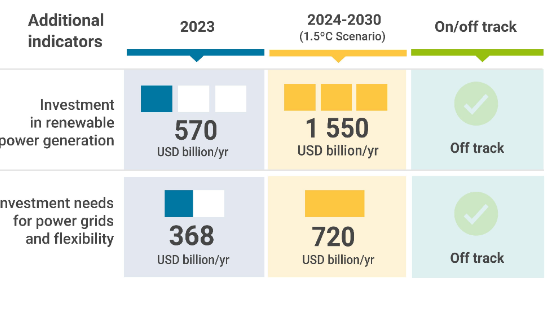 A new report reveals how hospitals in the U.S. are implementing aggressive new measures designed to cut pharmaceutical spending in the face of rapidly rising prices for certain essential drugs.
A new report reveals how hospitals in the U.S. are implementing aggressive new measures designed to cut pharmaceutical spending in the face of rapidly rising prices for certain essential drugs.
Hospital pharmacy costs reached $33.6 billion in 2015, which was roughly an 11 percent increase from the previous year due in part to the upswing in drug costs, according to The Wall Street Journal (WSJ).
Also, these institutions are particularly vulnerable to these volatile increases due to the structure of the system for obtaining the medications.
“Many hospitals buy the drugs they administer to patients from wholesalers, but they don’t usually bill health insurers directly for those drugs. Instead, insurers often pay hospitals a fixed rate to treat whatever ailment a patient is suffering. When drug prices soar unexpectedly, hospitals must absorb the extra cost, pharmacy executives say,” wrote WSJ.
These factors ae making hospital pharmacy executives seek out a number of different solutions to solve this quandary.
Some hospitals like Medstar Washington Hospital are testing new techniques to carefully distribute high-priced heart medications Nitropress and Isuprel, which are owned by Valeant Pharmaceuticals. The controversial company raised the price of these treatments by 500 percent after acquiring them last year.
Washington-based Medstar favored the generic version of Nitropress while repackaging Isuprel’s single-use ampul into five separate doses saving about $1.7 million a year.
Intermountain Healthcare, which operates 22 hospitals, made a similar decision. It was able to get eight doses of Isuprel from a single ampul cutting estimated annual spending by $1.1 million.
Other establishments are exploring more sophisticated strategies to fight price jumps for important drugs, explained FiercePharma.
The Cleveland Clinic is using algorithms to analyze wholesale prices for 38,000 medications each week where it can predict surprise price hikes that could go unnoticed for months helping hospitals quickly adjust their budgets accordingly. It was able to detect a doubling of the price of Mylan’s gout treatment Aloprim allowing the clinic to switch to a cheaper alternative saving $80,000 a year.
Source: dddmag








